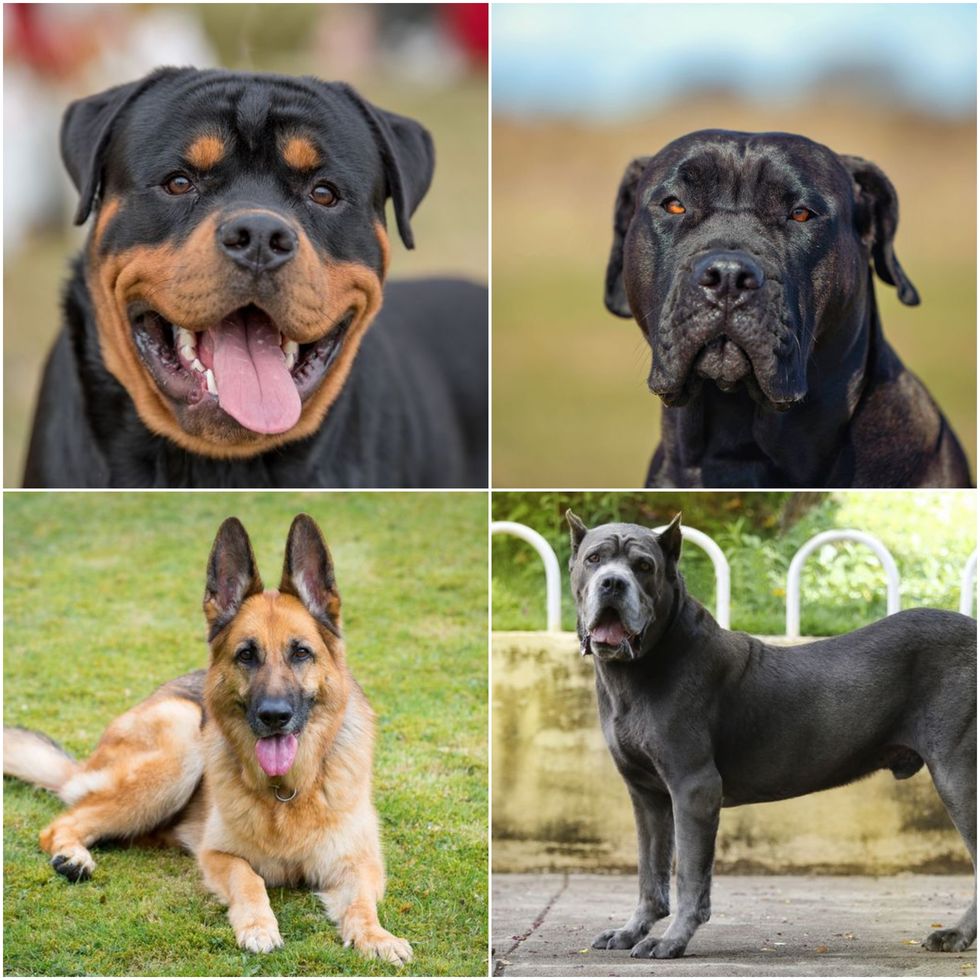
The mother of a 10-year-old boy murdered by an American bulldog named XL is asking for an amendment in the statute to safeguard the general people from dangerous pets.
Emma Whitfield, 32, was devastated by the loss of her son Jack Lis, after the attack took place in Pentwyn close to Cardiff, South Wales, in the month of November 2021. since then, 15 people from Britain suffered fatal injuries inflicted by maulings from dangerous and untrained dogs.
This month Jonathan Hogg, 37 was murdered at the age of 37 in Leigh, Greater Manchester, due to an animal belonging to a similar breed.
The police probe regarding Hogg’s death resulted in the dog’s destruction in addition to two detentions and the capture of another 15 dogs including six adult dogs and nine puppies.
Detective Chief Inspector John Davies of Greater Manchester Police stated: “Dangerous dogs do not need to be a part of the communities we live in We want to assure the people that we’re doing all possible to keep the people in their homes in a safe environment.
“If you think someone has or is breeding dogs which endanger the public, please report it online or by calling 101.”
She recalled her personal experience. Ms. Whitfield stated to Metro: “I am still having terrible flashbacks. I’m still seeing the animal’s teeth and its fur. I hear the animal barking.”
“You replay it several days in a row – it’s an absolute torture. The experience is still shocking to me. On the sofa, or driving home, you are hit with the same force.”
The campaign of Ms. Whitfield called The Jack Lis Law, is looking for new laws to govern the breeding, education, and selling of dogs. It is backed by the Dog Control Coalition, which comprises the RSPCA and The Dogs Trust and Battersea Dogs & Cats Home, and many other organizations.
The current Dangerous Dog Act 1991 restricts ownership for certain kinds of dogs fighting to protect the general public, but it has also been repeatedly criticized as not satisfactory following its implementation.
The Act was introduced by the then home Secretary Kenneth Baker in 1991 after a series of fatal dog attacks in the media, Section 1 of the Act bans specific breeds that are bred to fight (naming those dogs as pit bulls, terriers, Japanese tosa fila Brasiliero along with the dogo Argentino however, they are it does not apply to American bulldogs). Section 2 of the Act makes it a criminal violation for a dog’s pet owner who fails to manage the dog’s aggression when they are in charge of it when they are out in public. Section 3 defines the guidelines regarding destruction or destruction orders.
The law has been criticized because it only addresses human physical injuries but not any other animal or the mental stress that might be caused by a dog attack.

Organizations like the UK Kennel Club, Royal Society for the Prevention of Cruelty and Abuse to Animals, and organizations like the Royal Society for Prevention of Cruelty to Animals and British Veterinary Association have all said that it’s not scientifically accurate to paint all breeds as potentially hazardous and that the dog’s owner and the environment play an important impact on the development of a dog.
The latter says on its website: “The law on dangerous dogs defines certain breeds of dogs as being dangerous. We believe breed-specific laws do not consider one of the primary elements that lead to bite instances involving antisocial behavior primarily from dog owners who are irresponsible and teach their dogs to be dangerous or fail to properly train their dogs.
“The Dangerous Dogs Act 1991 is a clear example of how demonizing breeds can make them attractive to people who would like to defy laws and employ dogs for this purpose.
“The problem of dangerous dogs is a social one and needs to be tackled through the enforcement of effective legislation that seeks to curb irresponsible owners of all types of dog and better educate the dog-owning public to prevent incidents before they occur.”
Why American Bullies – an American variant of the pitbull crossbred together with American, English and Olde English bulldogs – weren’t part of the legislation was that they weren’t well-known at the time it’s drafting. They were only discovered in the early 1980s as a cult “status” dog, their quick bursts of aggression being highly prized by some quarters.
“I see people with them all the time: they are usually owned by young men,” experienced pet handler Colin Tennant recently told The Times.